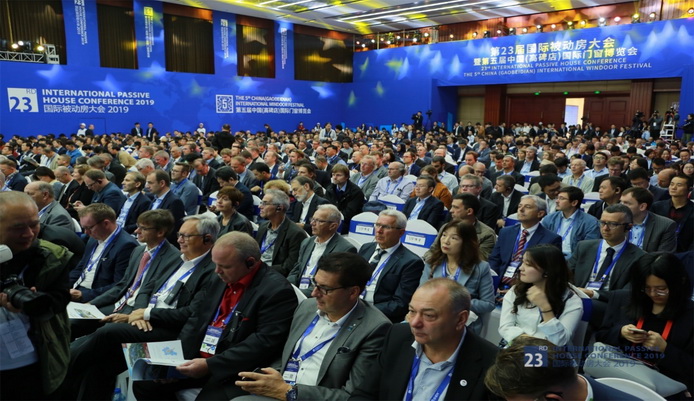In 2000, when Longfor began to build the Xiangzhanglin ...
The "Better Home Initiative" , an annual prog...
Longfor Group offers unfailing care and support to tale...

Author:Longfor Group Number:3902
The energy consumption in buildings accounts for nearly one-third of total energy consumption in China. The solution to such a problem is the passive house. Different from other green buildings that focus on technological equipment, the German passive house adopts high-quality and high-standard design approaches to ensure a comfortable indoor environment and significant reductions in buildings' energy use, providing dwellings with nearly zero ecological footprints on the earth. Passive buildings do not use the same cooling and heating equipment as traditional buildings do. Most of the heating is recycled from sunlight, illuminators, the human body and heat dissipation from electrical equipment, etc. The 24-hour fresh air ventilation system enables a highly comfortable living environment for the owners, with constant temperature, constant humidity, extremely low wind existence, and extremely low background noise. Its core elements include five principles: 1. highly thermal insulation; 2. thermal bridge free facade; 3. excellent air tightness; 4. low power mechanical ventilation heat recovery; 5. doors and windows with high thermal insulation and air-tightness.
As the demonstration project under the "13th five-year plan" national key R&D plan and the core demonstration project of the 23rd International Passive House Conference (IPHC), Longfor Gaobeidian Railway City is a representative project for the exploration of ultra-low energy consumption buildings in China, and also the largest ultra-low energy passive building complex around the world. The project makes reference to the railway city of Heidelberg, Germany, and adopts the concept of a green smart sponge city and a nearly zero energy consumption building technology system. It comprehensively utilizes a number of international cutting-edge energy-saving technologies and concepts such as digital smart technology, ecological natural restoration technology and new energy technology, in order to build the largest passive ultra-low energy consumption smart ecological complex in the world. It has played a demonstrative role in the development of passive buildings in China and around the world. Calculated with energy-saving indicators, it is estimated that 2.16 million cubic meters of gas and 3.19 million kWh of electricity will be saved annually, equivalent to 2843 tons of carbon emission reduction.

The 23rd International Passive House Conference
In 2017, the Group, together with the School of Architecture of Tsinghua University, the China Academy of Building Research, and the Orient Sundar Group, established the near-zero energy building research center of the Quartet for the development of near-zero energy buildings. In 2020, the Quality Control Standard for Near-Zero Energy Residential Buildings edited by Longfor Group and China Academy of Building Research was approved and released. It came into force after September 1, 2020, onward, offering further support for the whole-process quality control of near-zero energy residential buildings.